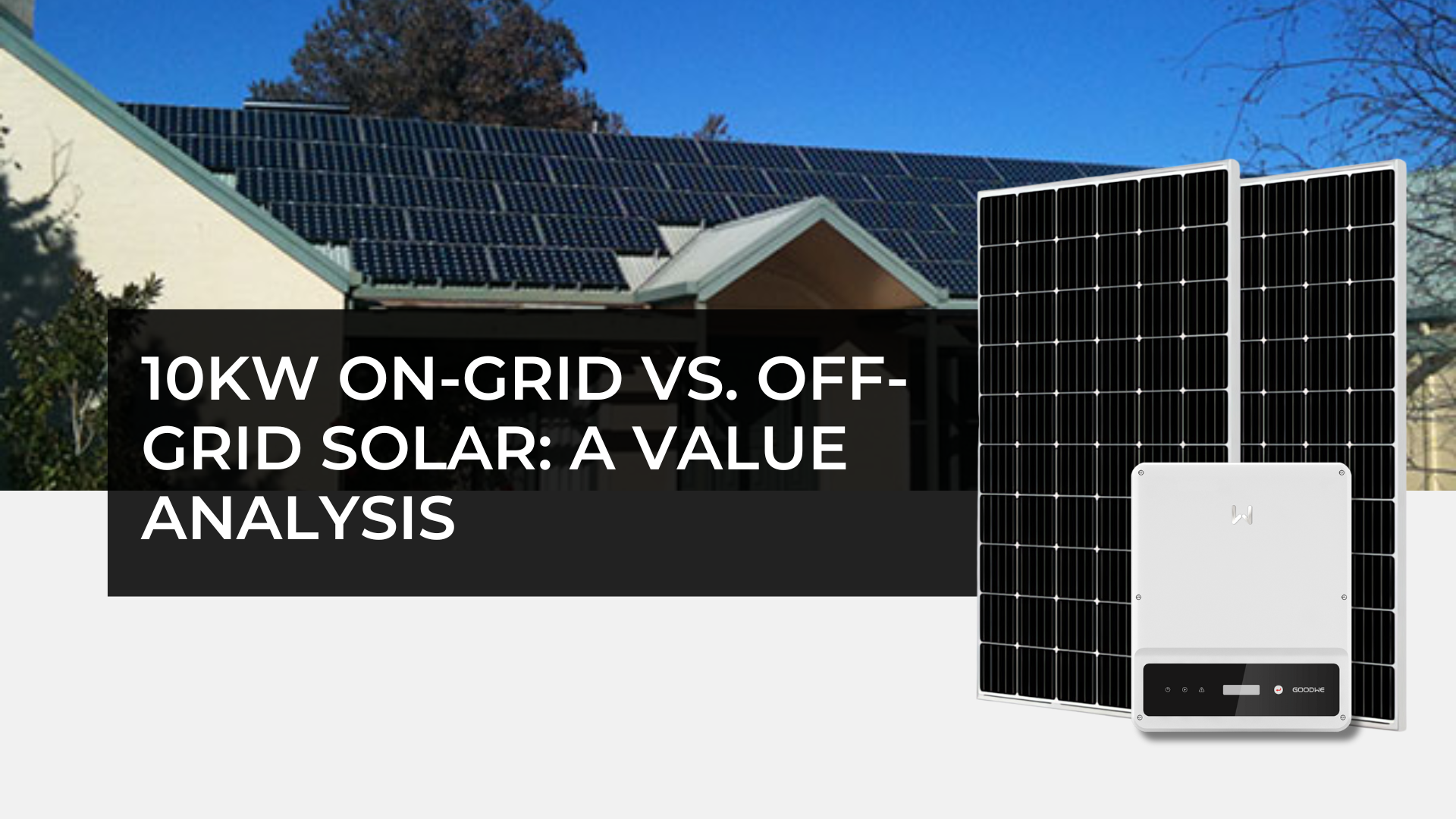
Introduction
Due to the increase in energy prices and growing importance on the environmental issues, businesses and homeowners alike are making the switch to solar power. A 10kW solar system is widely preffered among mid sized to large households and even small companies that wish to save on electricity expenses as well as reduce their carbon footprint. In this detailed guide, we will examine the benefits, costs, parts, installation procedure, and financial subsidies related to a 10kW solar system.
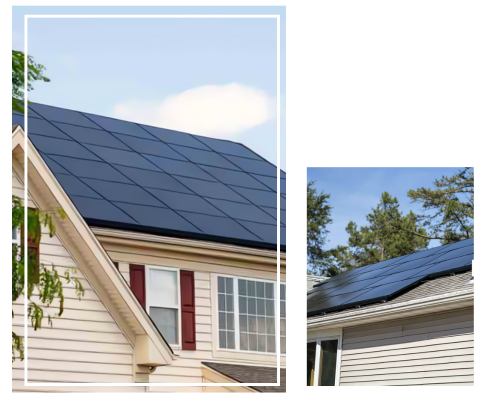
What is a 10kW Solar System?
The potential of the system to produce energy is correlated with its worth. When sunlight is at its strongest, a 10 kW solar system is expected to produce 10 kilowatts. Depending on the location, weather, shade, and fluid panel shadows, it will probably produce 35 kW or more on a typical day.
Common locations for 10 kW solar systems include:
- Residential counters with high consumption (4-6+ persons)
- Commercial and corporate infrastructures on a smaller scale
- Rural homes and arid farms
- Owners of electric automobiles that want to lower the cost of charging
Benefits of 10kW Solar System in Victoria, Australia
1. Reduction Of Costs
The biggest benefit when it comes to lower electricity costs is the 10kW solar system. Installing this system will have a negative effect on monthly costs and increase a household’s reliance on solar energy if their average daily use is between 35 and 45 kWh.
2. Pollution Reduction
Pollution will decrease as a result of the 10kW solar system replacing conventional energy sources. A simple method of reducing gas emissions and combating the instability of global warming is to look into solar energy.
3. Less Reliance
The use of solar batteries improves the system’s energy independence. The amount of solar energy used may be further reduced by storing any extra energy for use at night or on subsequent overcast or rainy days.
4. Increased Prices in the Market
Due to pollution concerns, booster energy sources are growing in popularity, which increases the market attractiveness of houses that include them. With the system in place, purchasers may use the property and save more money.
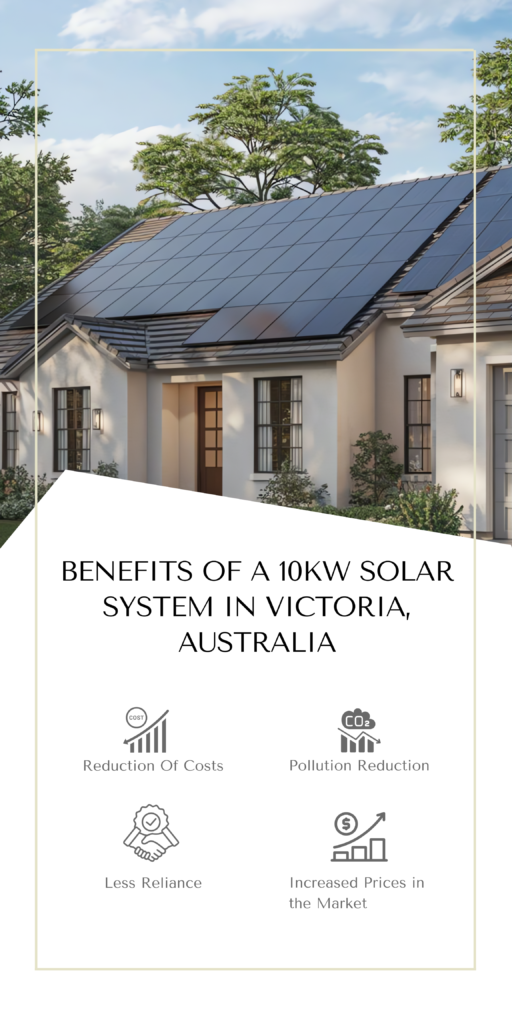
The cost of a 10 kW Solar System
A 10kW solar system’s cost in Australia varies according to the area, the type of inverter and panel used, and the degree of installation service. The average cost of a 10kW system, after government subsidies, is between $8,000 and $14,000.
Cost-Related Factors:
- Solar panel and inverter type (brands vary in performance)
- Complexity of installation (including roof type, necessary wiring, and labour)
- Battery storage (the price goes up by $8,000 to $15,000 when a battery is used)
- Government rebates and incentives
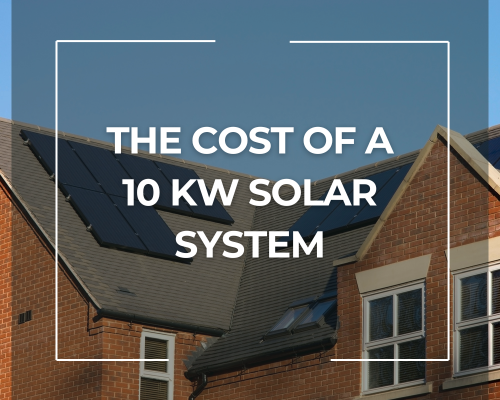
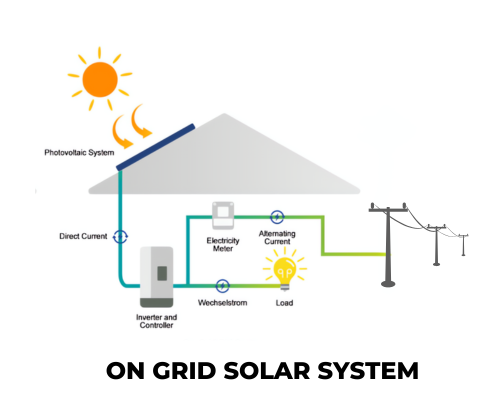
On Grid Systems Function.
- The solar panels capture solar radiation energy and directly transform it into electrical energy.
- The inverter transforms the electric power from direct current used by the solar panels into alternating current which can be used by the house.
- The excess power produced is sent to the grid via net metering.
- The grid brings the energy if solar energy is not enough.
Off Grid Systems Operate
- The solar panels convert solar radiation to electric energy in the form of direct current.
- The charge controller allows energy into the battery while preventing excessive charging.
- Batteries store energy for later use.
- The inverter is used to convert power from the solar panels into electricity that an average house can use.
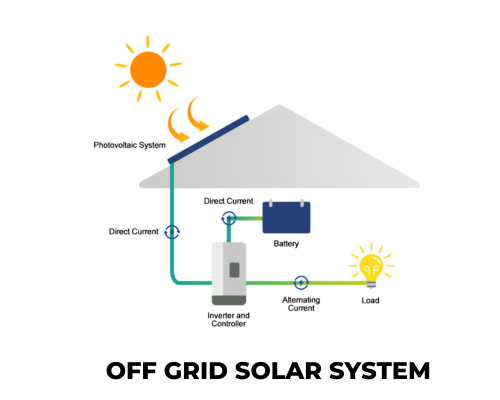
On-Grid vs Off-Grid: Applicability for Cities and Countryside
Cities
- On-grid systems are more common because of their relatively low prices and the availability of net metering.
- Best suited for residential premises that depend on the grid system.
Countryside
- Remote regions with no grid access are serviced best with off grid systems.
- Farms and villas are best served while reducing the dependency on diesel engines.

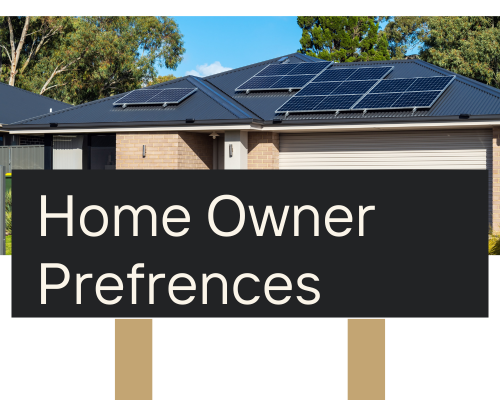
On-Grid Preference
- Best for homeowners planning to cut down on electricity expenditures without spending a lot of money initially.
- Generally applicable for places with strong power supply grids.
Off-Grid Preference
- Best for users who need an increase in self reliance without sacrificing ease of use.
- Most favorable in areas with many electricity cuts or no availability of the grid.
Net Metering Factors
Users of systems with on-grid configuration usually have an advantage from net metering for the purchase of surpluses of electricity and, in the case of lower quality power from the grid, off-grid solutions may be more suitable although more expensive to install initially.
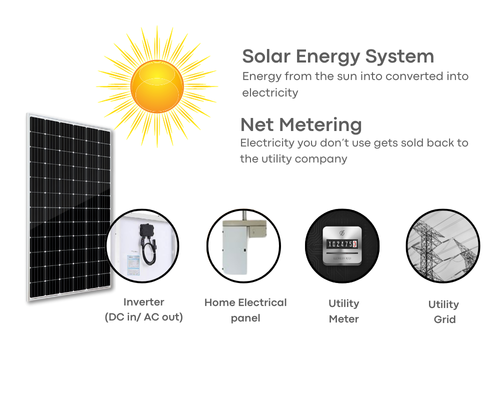
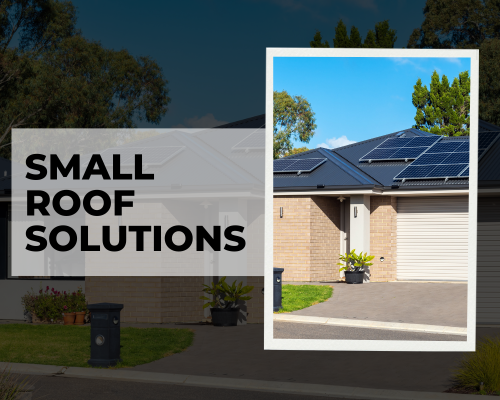
Small Roof Solutions
Homeowners with small gaps on rooftops can make use of solar panels that have increased efficiency, such as 22%, which ensure that little solar power oriented panels can result in enough energy being produced to power homes even in regions with limited space.
